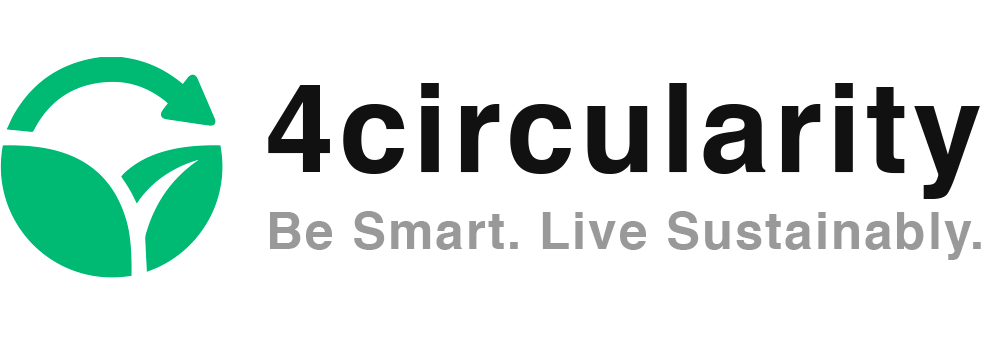Today is the first day of the new decade. The year end festivities are starting to come to an end and the eyes are turning towards the new year and the new shiny decade full of opportunities!
Christmas time tends to bring a lot of expectations to buy the perfect gift, to make the best version of the Christmas table and to make sure that you give something to all your close ones. Somehow, year after year, this mantra stays unchanged. Often Christmas includes stress about potential forgotten gifts, last minute shopping for food and flowers and stressing about Santa Claus who might pay a visit or might not. The after math of Christmas includes plenty of leftovers, unnecessary gifts, too much sweets, piles of waste (much of it which cannot be recycled) and shriveled Christmas trees. Many of us think “so what?, Christmas is only once a year”. However, could this be avoided? Lets say, that we still have some time but the consumption cannot continue as it is. Even when it happens “just once a year”.
Christmas time got me reasoning our consumption habits. Thinking about consumption and over-consumption in general: is buying less or buying from sustainable brands more important? Or is it a mix of both? In this blog post, I discuss about these questions.
What do you believe in?
Environmental anxiety has increased globally during 2019. There is no doubt why it is so. Year 2019 was the warmest in record with many extreme weather conditions around the world, such as, uncontrollable wild fires. The anxiety over the climate crisis is real and can create despair and negativity around the potential solutions to tackle the challenges. Today, 8 billion people are consuming world’s resources. Finding solutions to consuming less is not only on the shoulders of multinational companies and decision makers but also on the responsibility of consumers. How to decrease consuming is a huge challenge for the new decade.
I believe in buying less and to an actual need. Buying from sustainable brands is also important to me but buying less is more important than that. Allowing myself occasional treats is human and perfectly fine sometimes. More important is to make a stop for unnecessary and continuous shopping of “some stuff”. With that I mean not being conscious on the products’ origin and the materials background or how they are made. If the producer or supplier doesn’t communicate openly the relevant information, the consumer’s capabilities to estimate the product sustainability or unsustainability gets much more difficult. Despite of that, there is a big difference between being totally unconscious and being conscious and trying to look for more information on the purchases’ sustainability.
Reduced buying or buying Green?
Which consumption pattern is more favorable from the sustainability point of view? Is it reduced buying or buying Green? Consumers who have materialistic values probably favor buying from sustainable brands than making changes in their buying behavior. This is an unsustainable attempt to resolve the real issue, which is over-consumption. Buying more than we actually need is unsustainable and eats up the planet’s resources faster than it should. Consuming as usual but on environmentally friendly products and services is clearly not enough. A more fundamental change need to be done but changing behavior is difficult.
Reducing buying, on the other hand, results in making bigger impact to the planet. Making a real impact is about buying less, reusing what is already there and rethinking our habits rather than just re-branding them. Buying less makes not only good to the environment but impacts also on better well-being and reduced stress levels.
A good and practical exercise to understand what is already there, is to move. Moving is actually a great reality check! When you empty all your closets, even the one which door you never opened since you moved in to the apartment, you finally get an idea of the amount of goods you actually own. Then you pack your life to the ridiculous number of carton boxes and think how did this happen.
The Baby Boomers and the Generation X have been able to collect things and move from one apartment to another when the previous one got too small. The Millennials and the Generation Z need to rather narrow down the amount of goods they own, move to smaller apartments that consume less energy and change from private driving in using public transports and walking more.
The Millennials are more environmentally conscious and their lifestyles are already more sustainable than the generations before. The change of mindset towards more sustainable values can be seen in Millennials looking for meaningful jobs where sustainability is in the core of business strategy. Due to these reasons, I believe that the change makers are especially the youth.
The European Green Deal on how we produce and consume
European Union countries signed a Green Deal agreement which aims at making Europe the first carbon-neutral continent by 2050. With this goal a huge challenge is turned into an opportunity. The next decade will show the results of the global decision makers actions, private and public sector on achieving the Sustainable Development Goals (SDGs) by 2030. It requires concrete actions, the assessment of the process and measurable actions from countries and private businesses.
The European Green Deal is a growth strategy for EU and it aims at a socially fair and just transition towards carbon neutrality across the Europe. The agreement brings innovation, healthier living conditions and transforming our production and consumption patterns to a new and sustainable level which respects the boundaries of our planet .
New year, new sustainablility goals

Here is my top 10 sustainability goals for the new year:
- Working my way to contribute professionally in helping businesses with their sustainability objectives and achieving them
- Turning challenges into opportunities in my professional and personal life
- Concentrating on my personal well-being by finding a balance between healthy food, sleep and exercise
- Building the 4Circularity-blog to better answer Your needs
- Learning new, amazing and innovative things about sustainability context every single day!
- Buying less and reusing what I already have. Continuing to reduce the amount of plastics I use.
- Bringing joy of giving in the forms of recycling, giving away or reselling things that I no longer need
- Limiting the emotion intended shopping to minimum
- Making purpose-driven buying decisions for an actual need, including locally produced quality food
- Continuing to offset emissions of my unavoidable flight trips


One Reply to “Buying less or buying sustainable?”